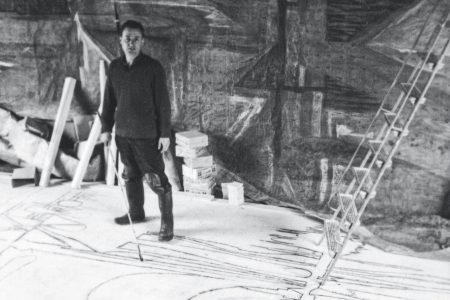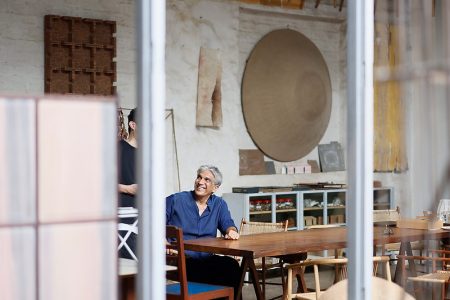Memories of Istanbul
As the Venice Biennale welcomes Turkey to the International Architecture Exhibition as a permanent fixture, the country’s first submission ‘Places of Memory’ seizes the opportunity to display the distinct urban fabric and cultural heritage of its crown jewel Istanbul, but underneath it hints at...
As the Venice Biennale welcomes Turkey to the International Architecture Exhibition as a permanent fixture, the country’s first submission ‘Places of Memory’ seizes the opportunity to display the distinct urban fabric and cultural heritage of its crown jewel Istanbul, but underneath it hints at a troubled present and the alarming rate of its transformation. An exclusive interview with Murat Tabanlıoğlu. In the ethereal lagoon city of Venice, a place that has remained largely unchanged for centuries, where the grand palazzos and picturesque squares seem to be frozen in time and preservation is at the top of the agenda, it is quite the juxtaposition to be discussing an equally revered urban landscape that it is undergoing profound changes in layout and makeup. Rem Koolhaas, the director of this year’s Biennale, set out ‘Absorbing Modernity’ as the theme for national pavilions to explore, and that is a brief that curator Murat Tabanlıoğlu and project coordinator Pelin Derviş took to heart. In ‘Places of Memory’ they examine the modernization of Istanbul through photographs, sound and 3D models, contributed by five young Turkish artists. “This year the exhibition would not be about architects, but about architecture, from 1914 to 2014,” says Tabanlıoğlu when we meet him on the opening day of the Biennale. “So I started with my own memories. My father was an architect and I remember when I was four years old he was tasked with designing the opera house of Istanbul in Taksim Square. Being on the construction site is my first memory of architecture. The building eventually became the Atatürk Cultural Center and in 2013 my firm was asked to lead the renovation, but the plans were halted abruptly during the Gezi Park demonstrations. I wanted to have this building as the centrepiece of the exhibition, because it tells a very personal story and yet it is known by everyone.” The protests that broke out after plans were announced for the resurrection of the Artillery Barracks in Gezi Park as a shopping mall were met with police brutality that made headlines around the world, but the signs of public discontent have not died down since, because the fate of these landmarks in Taksim Square is symbolic for what is happening all around Istanbul. Back in time
As a trade centre on the intersection of two continents, where cultures and religions have historically converged, the architecture of Istanbul is a unique amalgamation of Ottoman and European elements. The old and new coexist and layer upon layer can be traced back to eras that brought forth the minarets of Constantinople and the typical Anatolian wooden houses as well as modernist glass and concrete buildings. Pluralism, both in way of life and creative expression, was an ideal that came to define the city as one of the most secular in the Middle East. That picture is now slowly changing as newly elected president Recep Tayyip Erdoğan and the ruling conservative APK party continue to tight en their grip on the country. Their political stance is to shape up a more defined and unified national identity that is steeped in Islamic values and ready for a global stage. In the past decade Turkey’s economy has seen impressive growth, fuelled by commerce and construction. That growth may have stagnated significantly, with signs of an economic bubble nearing, but it hasn’t stopped the government from placing its bet on multi-billion euro projects that combine nostalgia for the Ottoman days with a megalomaniac construction drift only seen in the United Arab Emirates. “Too many projects are being handed out to cheap, commercial agencies from abroad who come up with ideas that are not tailored to Istanbul,” criticizes Tabanlıoğlu. “I am not against foreign influences in my country, I welcome high-quality concepts, but if they are not in tune with the city, the people’s behaviour, the wind, the sun, traffic and so on, then it is an issue.” Critical reflections on Istanbul’s urban planning “The changes we are seeing today are wild and destructive,” continues Derviş. “One example are the shopping malls that are popping up in city centres, because the law that forces them to be built outside of the cities is not in operation yet. Three months ago there were 91 shopping malls in Istanbul and the whole concept of a shopping mall, of wandering around in a gated environment with security, is not part of our culture. Furthermore, they are replacing green and open air spaces. If you look at a map of Istanbul, you only see a few green dots in the centre. And now the largest remaining green area in the north is under threat from the build of a third bridge across the Bosphorus.” This new suspension bridge, the largest of its kind in the world, is not the only drastic intervention planned in the landscape of the sprawling metropolis. Construction has started on the biggest airport terminal in the world and Kanal İstanbul, a new waterway that will cut right through the European peninsula with real estate developments on either side, is advancing. Under the guise of urban renewal, whole ecological systems are being altered and communities displaced. More than a square
One of the photographers that contributed to the exhibition, Serkan Taycan, turned his lens on public spaces in Istanbul, which are a hotly debated topic and an area of tradition that is changing alongside the architecture. “In his photographs Serkan reveals the different layers of an open space and how it is used as a social gathering place,” Derviş explains. “The series shows various typologies of squares, but it has a hidden narrative, of what does not constitute a square. Take Yenikapı, a new-gated square that was added to the historical peninsula. Its public use feels completely backwards, because it can only be entered from one side.” Tabanlıoğlu agrees: “Yenikapı is supposed to be a new meeting place, but it has no soul. The real meeting places are the old squares of Istanbul that have history and evoke memories, such as Taksim Square. I was recently asked what I would do if I were the mayor of Istanbul and I said I would halt all construction and start rethinking what we are doing, not according to your typical master plan, but with attention to detail and respect for history.” ‘Places of Memory’, Arsenale, the 14th International Architecture Exhibition of the Venice Biennale was seated to the public until 23 November 2014.
As a trade centre on the intersection of two continents, where cultures and religions have historically converged, the architecture of Istanbul is a unique amalgamation of Ottoman and European elements. The old and new coexist and layer upon layer can be traced back to eras that brought forth the minarets of Constantinople and the typical Anatolian wooden houses as well as modernist glass and concrete buildings. Pluralism, both in way of life and creative expression, was an ideal that came to define the city as one of the most secular in the Middle East. That picture is now slowly changing as newly elected president Recep Tayyip Erdoğan and the ruling conservative APK party continue to tight en their grip on the country. Their political stance is to shape up a more defined and unified national identity that is steeped in Islamic values and ready for a global stage. In the past decade Turkey’s economy has seen impressive growth, fuelled by commerce and construction. That growth may have stagnated significantly, with signs of an economic bubble nearing, but it hasn’t stopped the government from placing its bet on multi-billion euro projects that combine nostalgia for the Ottoman days with a megalomaniac construction drift only seen in the United Arab Emirates. “Too many projects are being handed out to cheap, commercial agencies from abroad who come up with ideas that are not tailored to Istanbul,” criticizes Tabanlıoğlu. “I am not against foreign influences in my country, I welcome high-quality concepts, but if they are not in tune with the city, the people’s behaviour, the wind, the sun, traffic and so on, then it is an issue.” Critical reflections on Istanbul’s urban planning “The changes we are seeing today are wild and destructive,” continues Derviş. “One example are the shopping malls that are popping up in city centres, because the law that forces them to be built outside of the cities is not in operation yet. Three months ago there were 91 shopping malls in Istanbul and the whole concept of a shopping mall, of wandering around in a gated environment with security, is not part of our culture. Furthermore, they are replacing green and open air spaces. If you look at a map of Istanbul, you only see a few green dots in the centre. And now the largest remaining green area in the north is under threat from the build of a third bridge across the Bosphorus.” This new suspension bridge, the largest of its kind in the world, is not the only drastic intervention planned in the landscape of the sprawling metropolis. Construction has started on the biggest airport terminal in the world and Kanal İstanbul, a new waterway that will cut right through the European peninsula with real estate developments on either side, is advancing. Under the guise of urban renewal, whole ecological systems are being altered and communities displaced. More than a square
One of the photographers that contributed to the exhibition, Serkan Taycan, turned his lens on public spaces in Istanbul, which are a hotly debated topic and an area of tradition that is changing alongside the architecture. “In his photographs Serkan reveals the different layers of an open space and how it is used as a social gathering place,” Derviş explains. “The series shows various typologies of squares, but it has a hidden narrative, of what does not constitute a square. Take Yenikapı, a new-gated square that was added to the historical peninsula. Its public use feels completely backwards, because it can only be entered from one side.” Tabanlıoğlu agrees: “Yenikapı is supposed to be a new meeting place, but it has no soul. The real meeting places are the old squares of Istanbul that have history and evoke memories, such as Taksim Square. I was recently asked what I would do if I were the mayor of Istanbul and I said I would halt all construction and start rethinking what we are doing, not according to your typical master plan, but with attention to detail and respect for history.” ‘Places of Memory’, Arsenale, the 14th International Architecture Exhibition of the Venice Biennale was seated to the public until 23 November 2014.
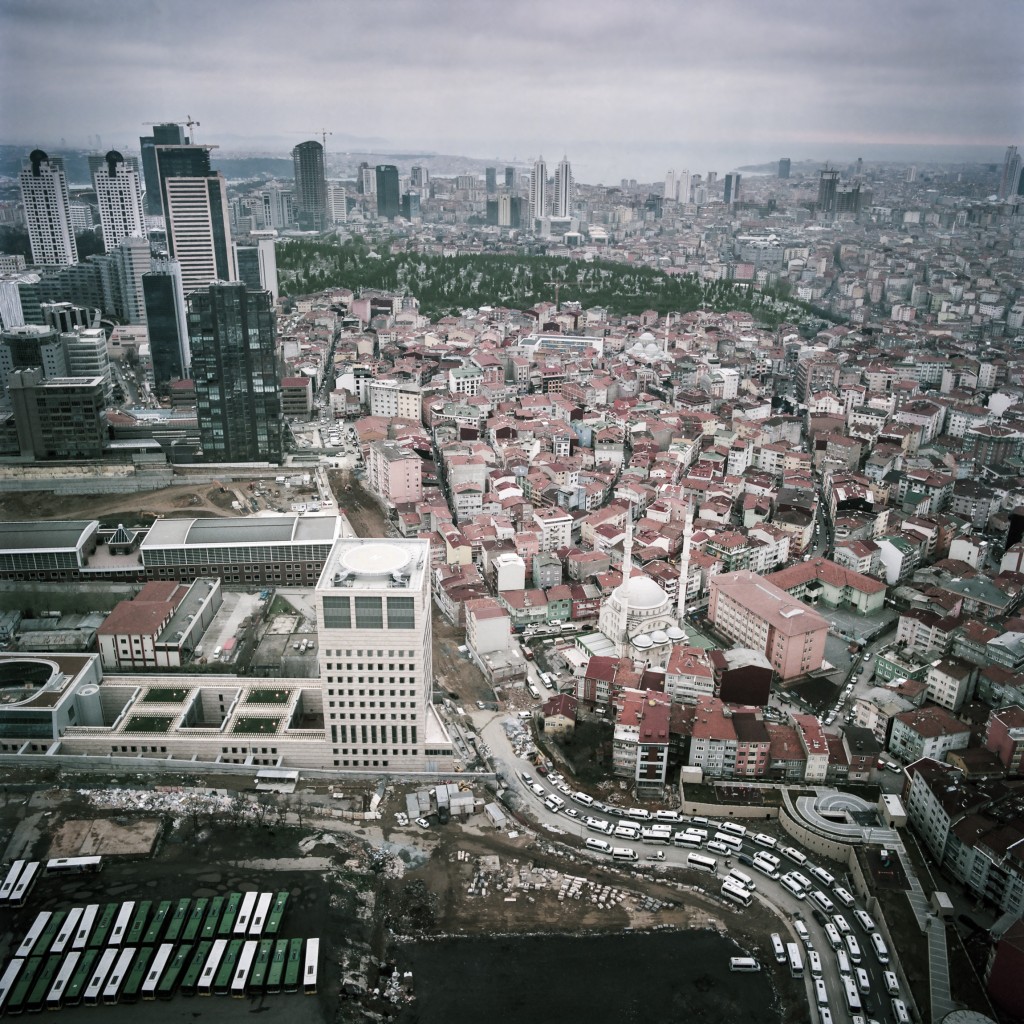
Ali Taptik, from the series 'Reform-Reset-Revisit'
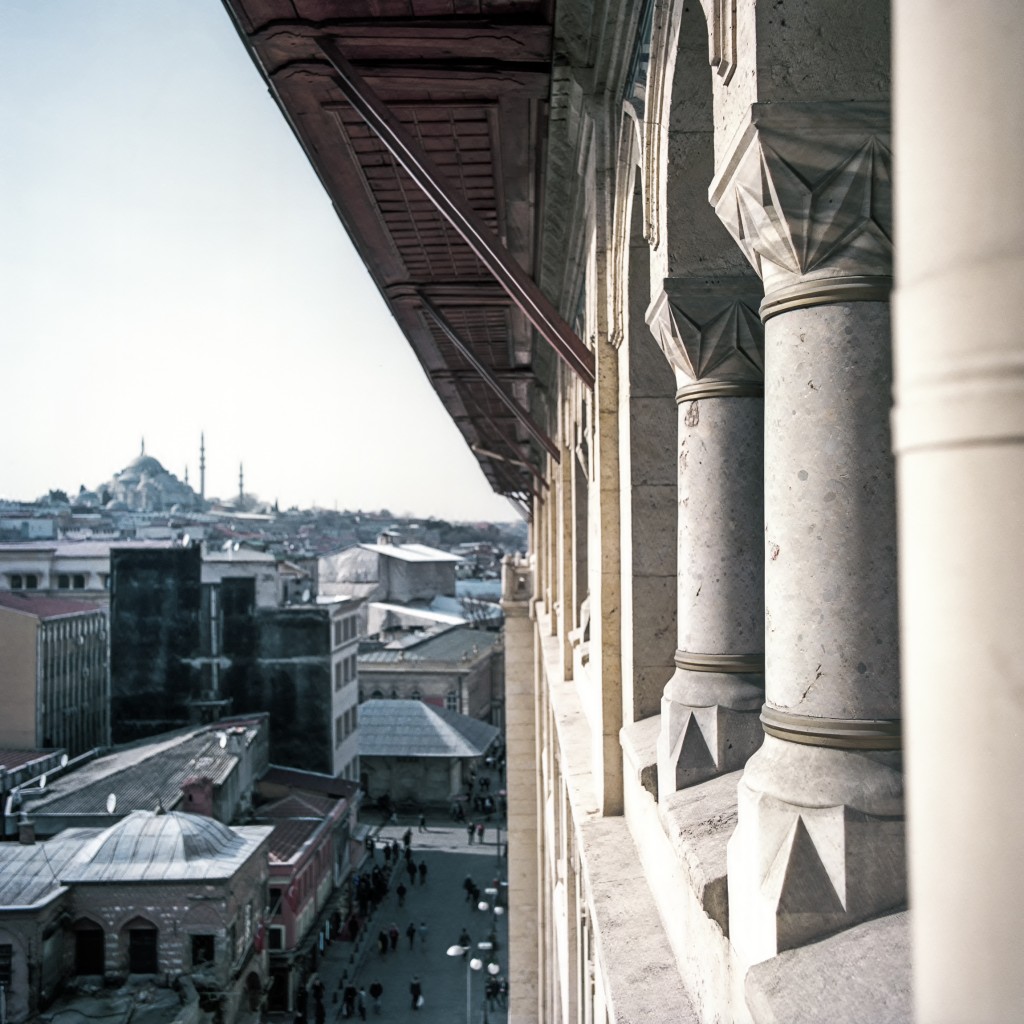
Ali Taptik, from the series 'Reform-Reset-Revisit'
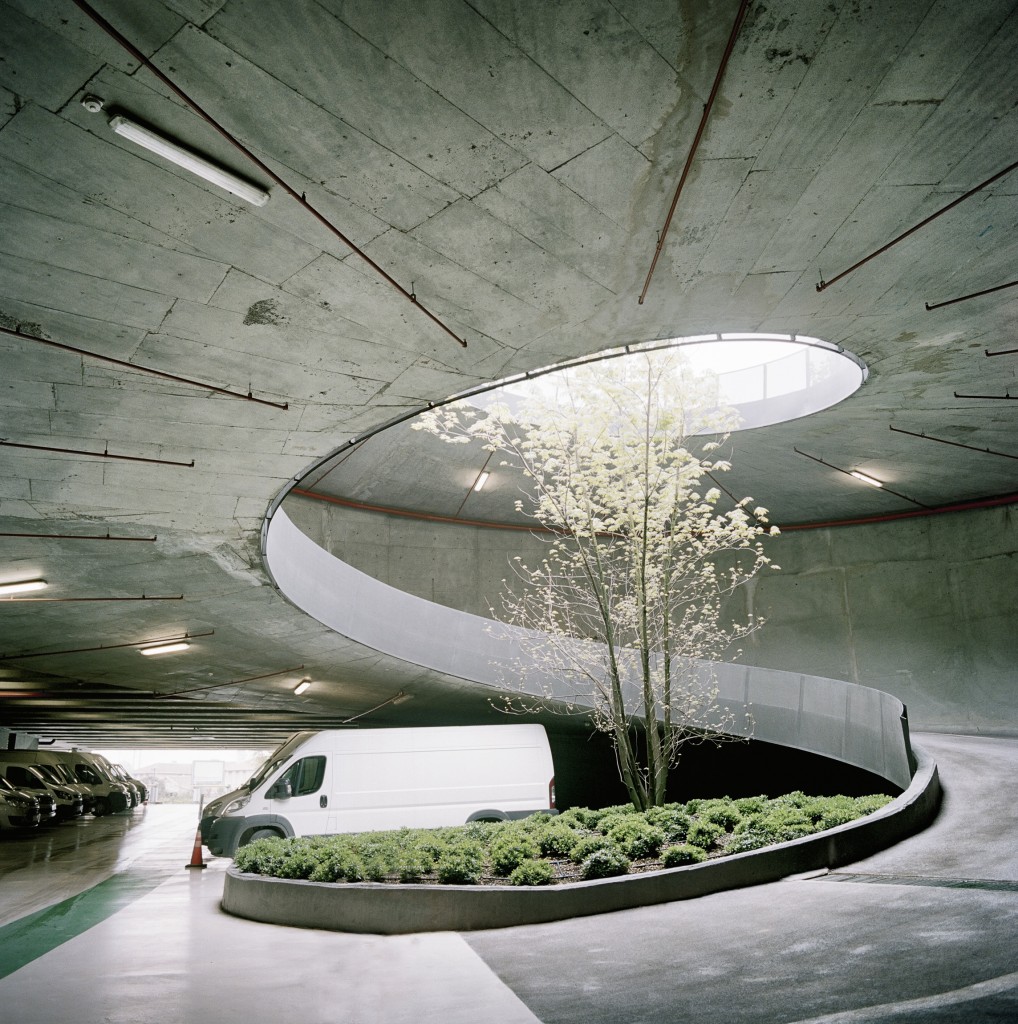
Ali Taptik, from the series 'Reform-Reset-Revisit'
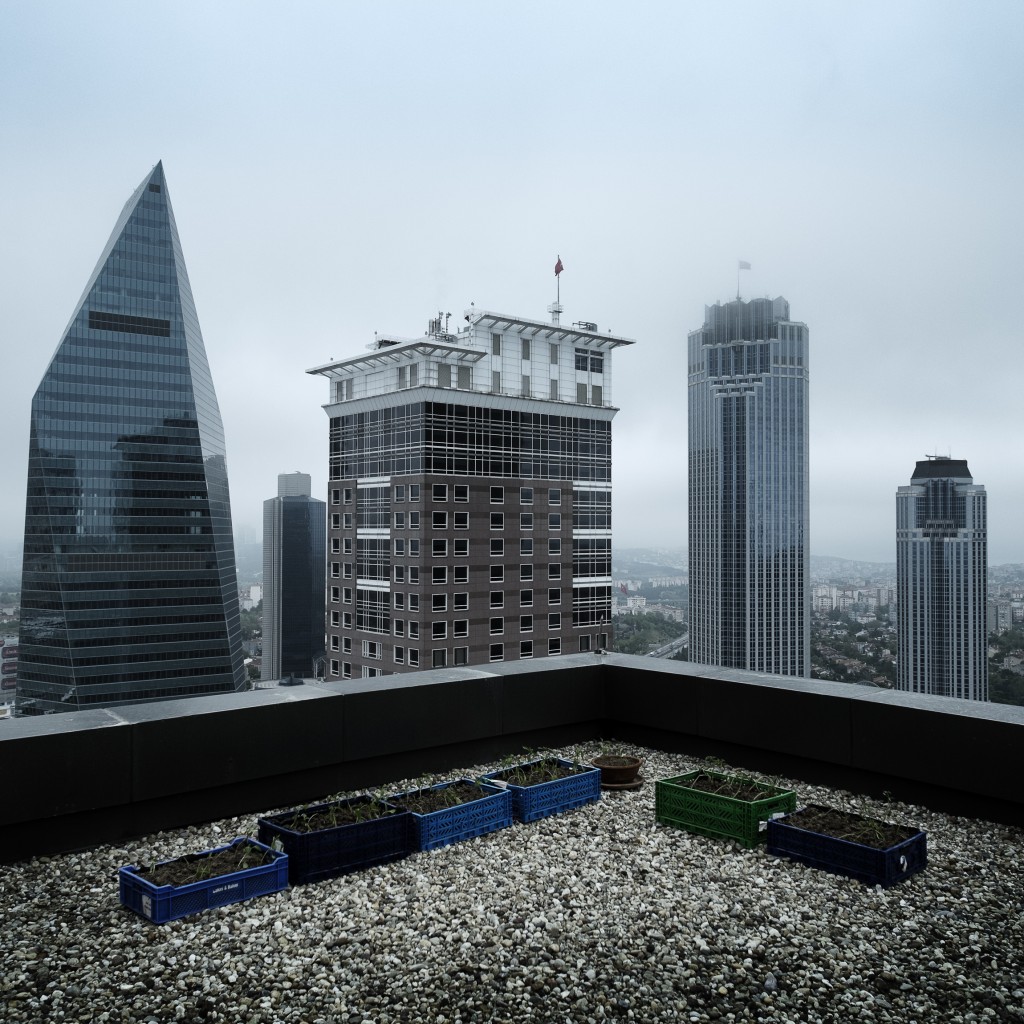
Ali Taptik, from the series 'Reform-Reset-Revisit'
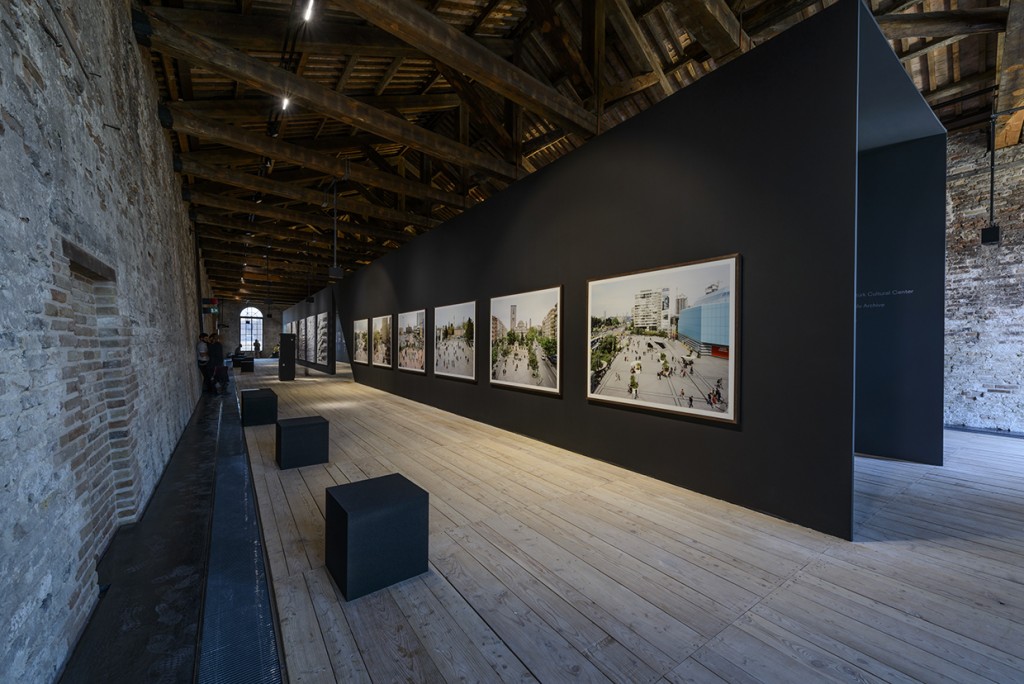
Places of Memory / Andrea Avezzù / La Biennale di Venezia
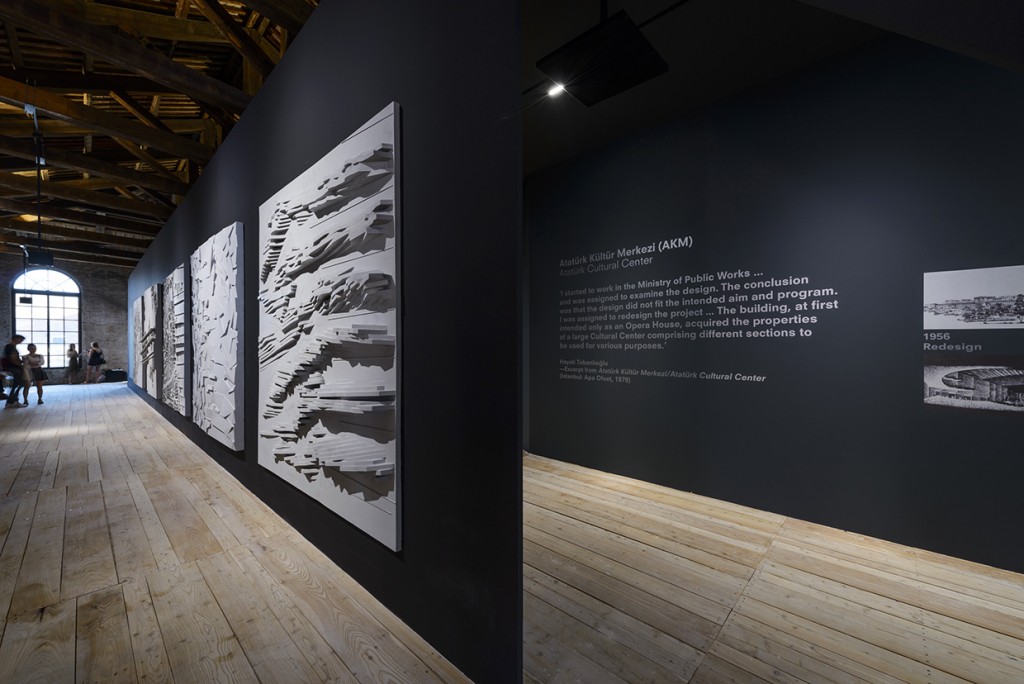
Places of Memory / Andrea Avezzù / La Biennale di Venezia
‹ Back





